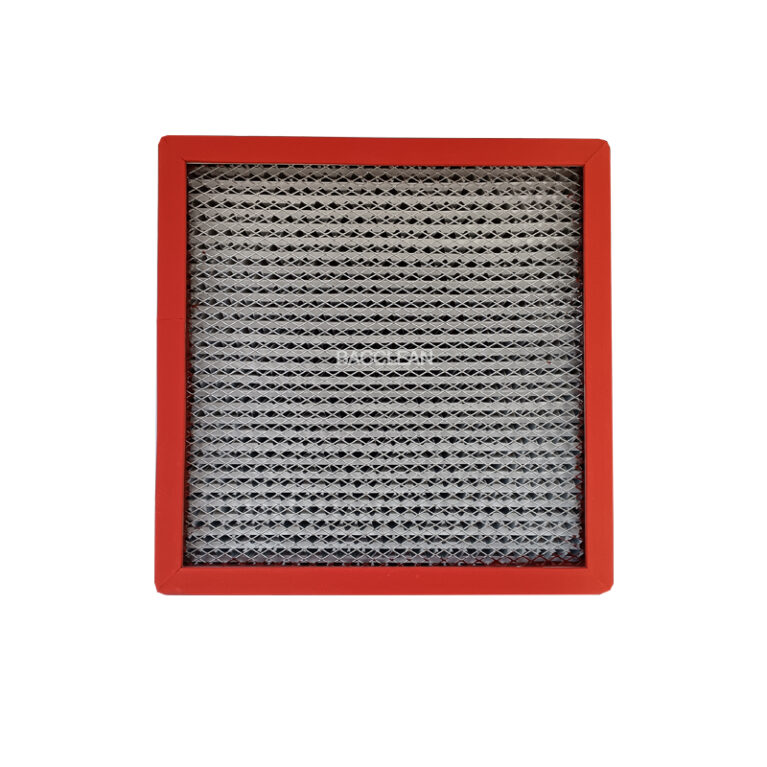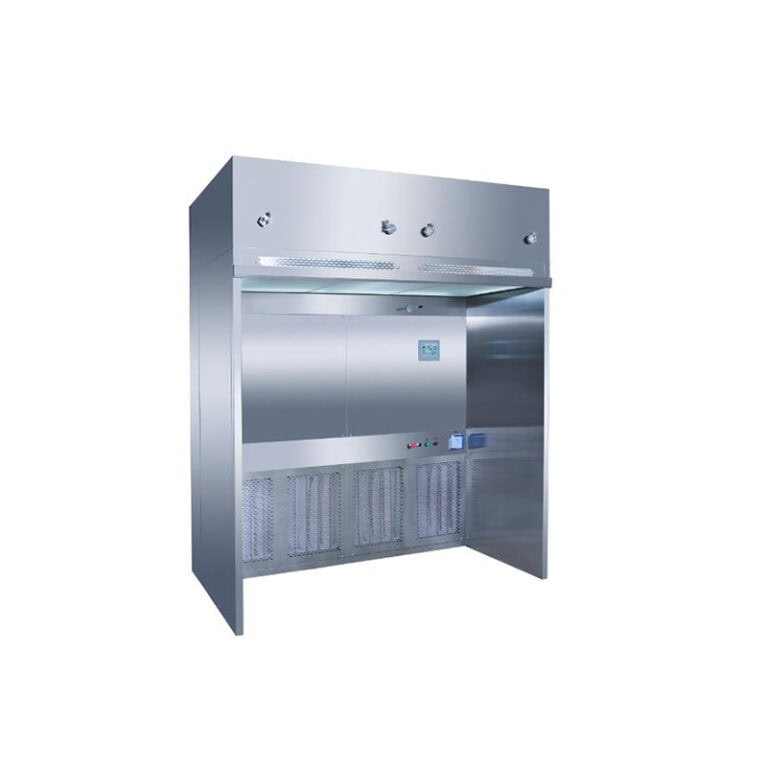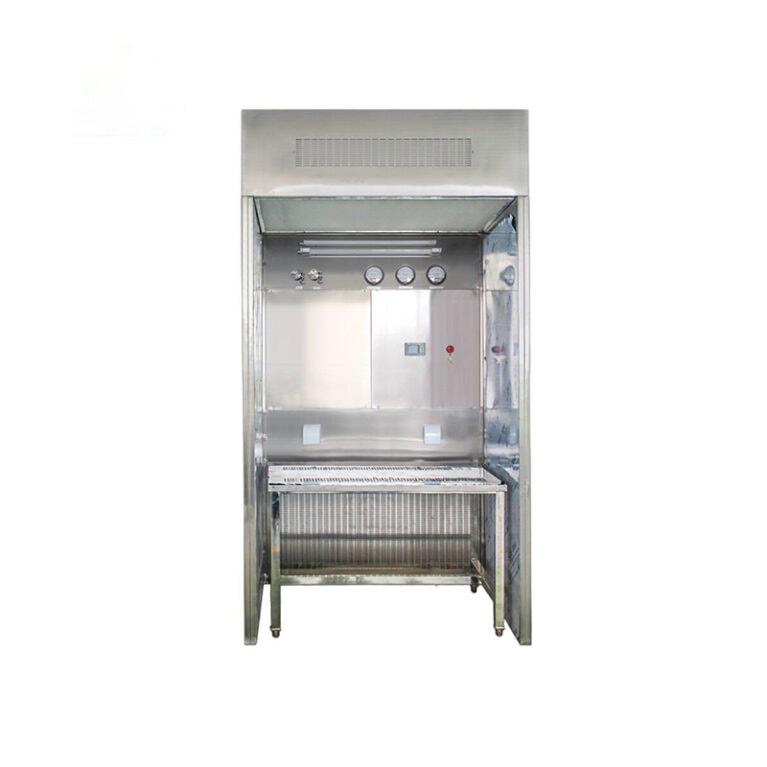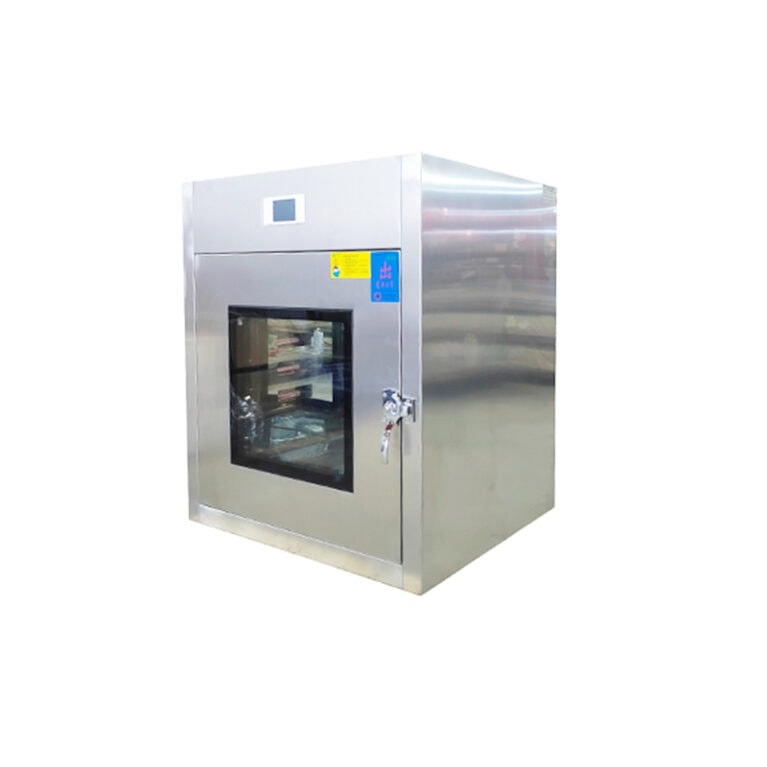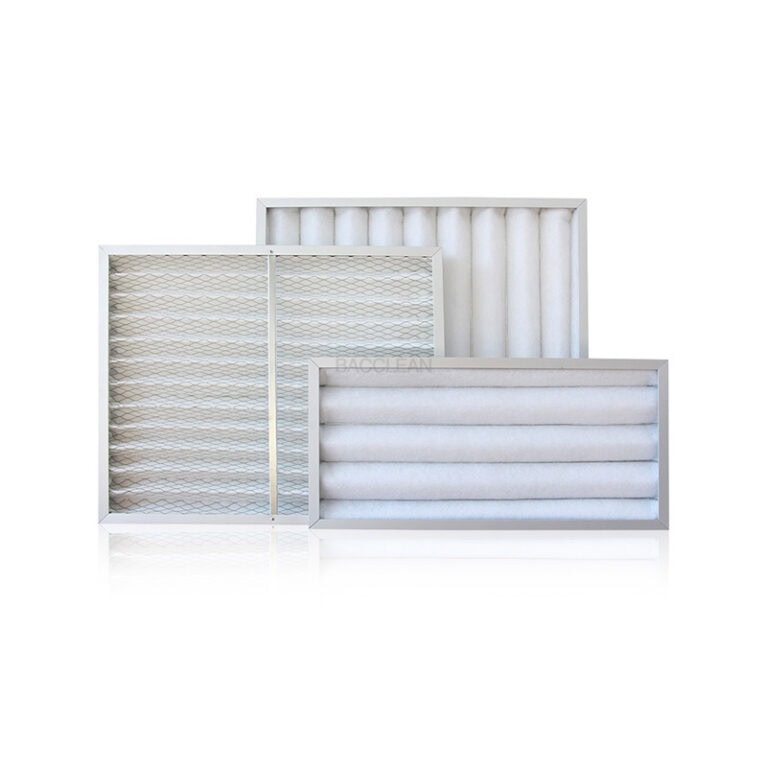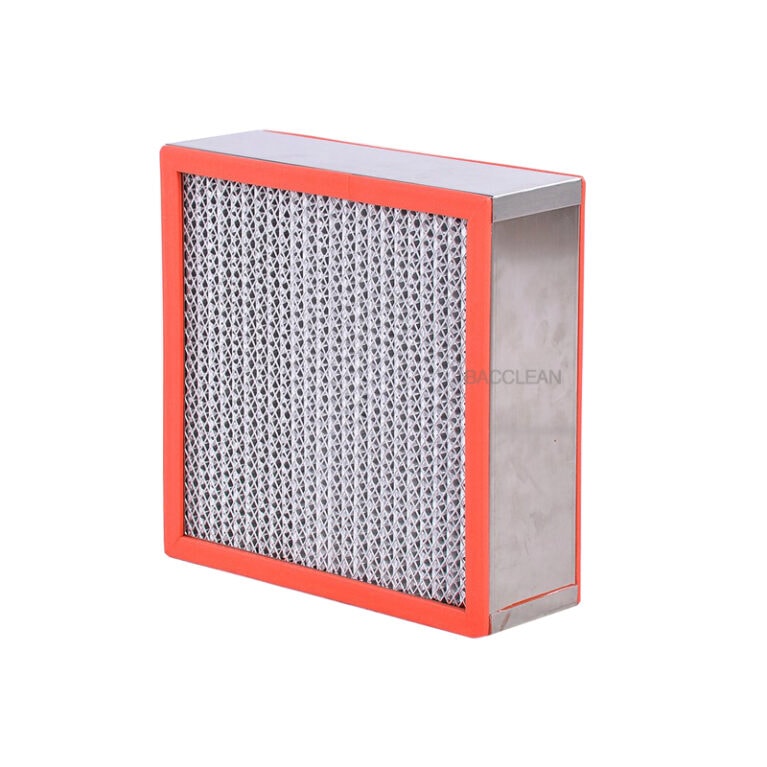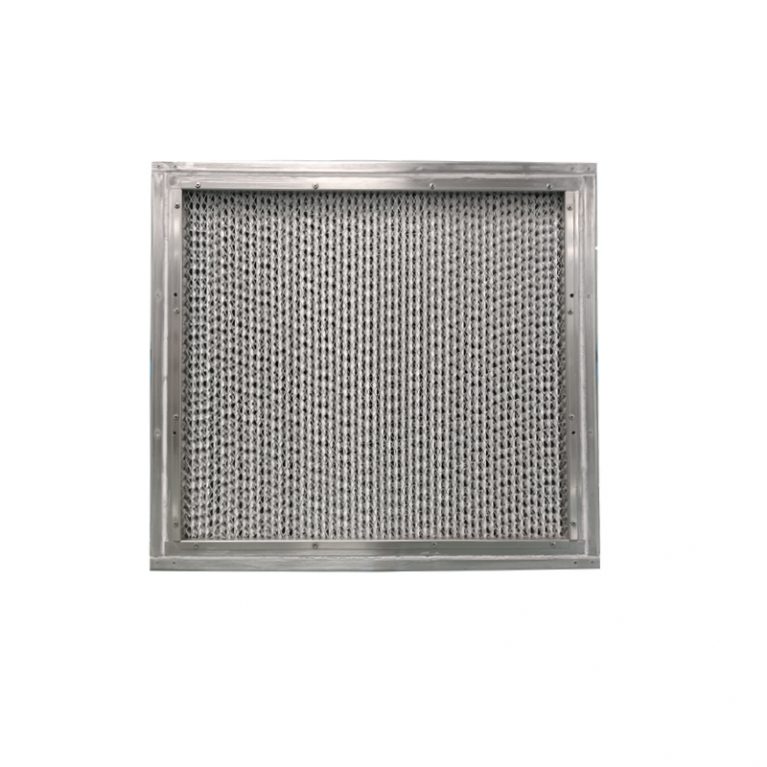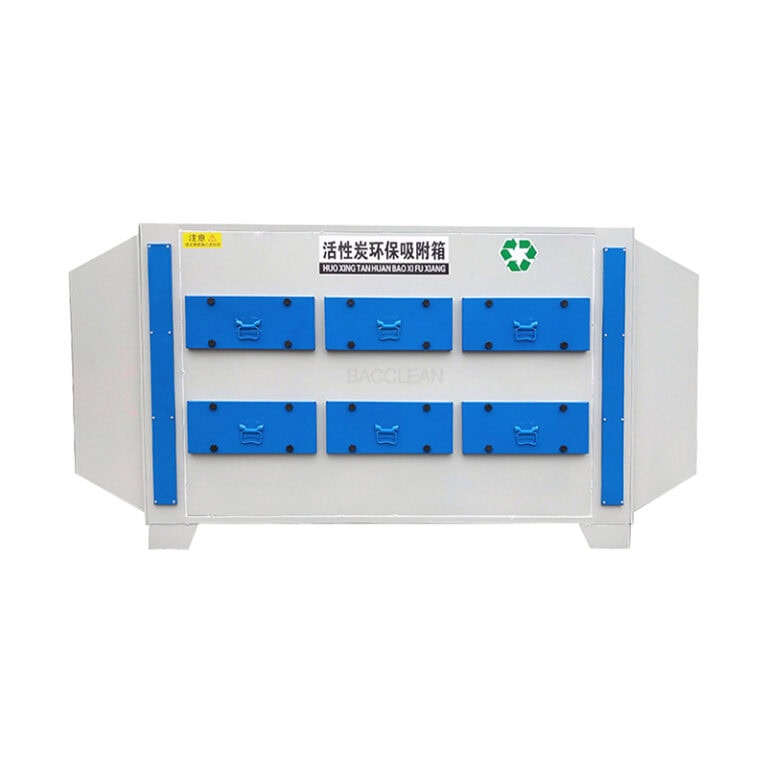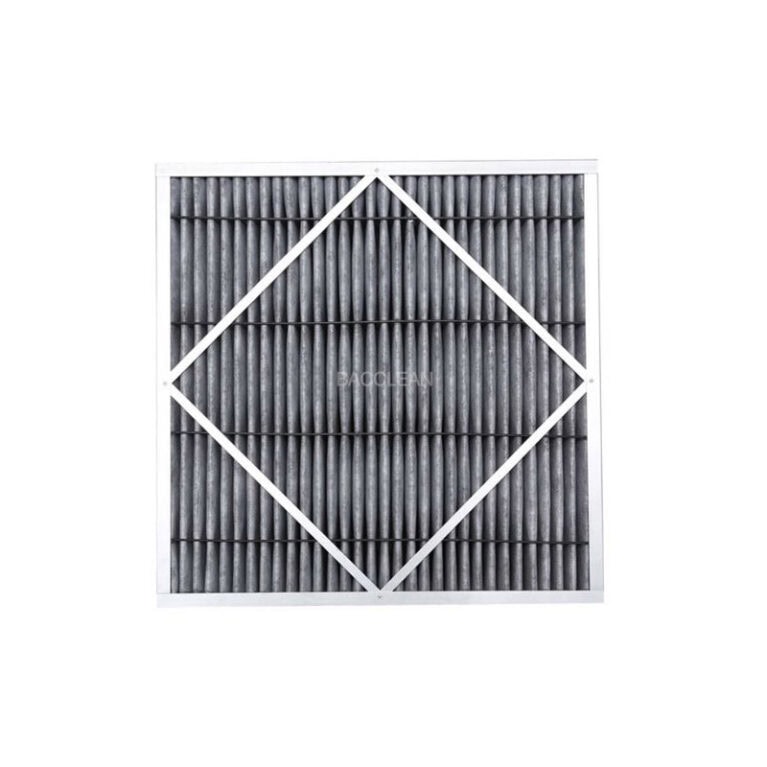The cleaning and maintenance cycle of flat air filters is not fixed and uniform. It needs to be comprehensively judged based on three core factors: the type of filter material, the dust concentration in the usage environment, and the actual resistance change. The following are specific standards and operation suggestions:
To discuss cleaning cycles, it is important to note that this applies only to “washable filter materials” as outlined below. Flat plate filters are classified into “washable” and “one-time non-washable” media. For washable filter media, the cleaning cycle must be clearly defined. For one-time filter media (such as some paper filter media and low dust-holding capacity glass fiber filter media), they can be directly replaced when clogged without cleaning.
1. Applicable types of washable filter media
The mainstream is polyester synthetic fiber filter media (such as spunbonded polyester and needle-punched polyester). These filter media have high fluveness, are resistant to water and weak alkali, and their filtration performance can be restored by 70% to 90% after cleaning. Usually, they can be washed 2 to 3 times repeatedly.
A few nylon mesh filter materials (used for coarse filtration, such as intercepting large particles of dust and hair) can also be cleaned and reused.
2. Specific cleaning cycle standards
In low-dust environments with low dust concentration, such as office buildings and hospital wards, clean the filter once every 2 to 3 months.
Next, maintenance cycles and procedures apply universally to all types of flat air filters (including cleaning, replacement, and inspection). Maintenance involves not only cleaning the filter material, but also regularly inspecting the filter’s overall condition to ensure the filtration system operates normally. The specific cycle is as follows:
Observe whether the outer frame of the filter is deformed and whether the sealing rubber strip has fallen off (to prevent the unfiltered air from “short-circuiting”).
Check the fit between the installation frame and the filter to see if there are any gaps or air leakage.
Check whether the fan is operating normally to avoid excessive air volume accelerating the clogging of the filter material.
2. Regular in-depth maintenance
Cycle: 1 month per time (in low-dust environments, it can be extended to 2 months; in high-dust environments, it can be shortened to 2 weeks)
Content
Measure the resistance of the filter with a differential pressure gauge and record the trend of resistance change (establish a maintenance file and predict the replacement time).
For washable filter materials, cleaning should be carried out according to the “cleaning cycle” (after cleaning, they need to be dried to avoid moisture and bacterial growth).
For disposable filter materials, if the resistance reaches 350Pa (or 2.5 times the initial resistance), replace them directly (do not use them beyond the expiration date, otherwise dust will penetrate and pollute the downstream environment).
Clean the accumulated dust around the filter (such as the installation frame and the inlet of the ventilation duct) to prevent the dust from entering again.
3. Long-term maintenance (Seasonal/annual)
Cycle: 3 to 6 months per time (or during seasonal changes, such as before the air conditioner is turned on in summer or before heating in winter)
Content
Comprehensively inspect whether the outer frame material is corroded (such as whether the galvanized iron frame rusts in a high-humidity environment and whether the stainless steel frame has scratches);
Replace aged sealing parts (such as rubber strips and sponge pads) to ensure sealing performance;
If the filter is used in a clean environment (such as food or pharmaceutical workshops), sampling tests should be conducted on the filtration efficiency (for example, using a particle counter to detect the dust concentration at the air outlet) to confirm whether it meets the production requirements.
Iii. Key Points to Note
Cleaning contraindications: Do not directly rinse the washable filter material with a high-pressure water gun (as it will damage the fiber structure of the filter material and reduce the filtration efficiency). It is recommended to gently rinse it with low-pressure water (or neutral detergent solution), dry it and then reinstall it.
Replacement standard: Even if the filter material can be cleaned, it should be replaced directly after 2-3 cleanings (or when the filter material is damaged or the fibers are clumped). Repeated cleanings are not allowed (at this point, the filtration efficiency has dropped significantly).
Environmental adaptation: In high-humidity environments (such as the rainy season in the south), the maintenance cycle should be shortened to prevent the filter material from getting damp and moldy. A dehumidification device can be installed after the filter.
Through the above cycle management, not only can the filtration effect of the flat air filter be guaranteed, but also its service life can be prolonged and the operating cost can be reduced.
To discuss cleaning cycles, it is important to note that this applies only to “washable filter materials” as outlined below. Flat plate filters are classified into “washable” and “one-time non-washable” media. For washable filter media, the cleaning cycle must be clearly defined. For one-time filter media (such as some paper filter media and low dust-holding capacity glass fiber filter media), they can be directly replaced when clogged without cleaning.
1. Applicable types of washable filter media
The mainstream is polyester synthetic fiber filter media (such as spunbonded polyester and needle-punched polyester). These filter media have high fluveness, are resistant to water and weak alkali, and their filtration performance can be restored by 70% to 90% after cleaning. Usually, they can be washed 2 to 3 times repeatedly.
A few nylon mesh filter materials (used for coarse filtration, such as intercepting large particles of dust and hair) can also be cleaned and reused.
2. Specific cleaning cycle standards
In low-dust environments with low dust concentration, such as office buildings and hospital wards, clean the filter once every 2 to 3 months.
Next, maintenance cycles and procedures apply universally to all types of flat air filters (including cleaning, replacement, and inspection). Maintenance involves not only cleaning the filter material, but also regularly inspecting the filter’s overall condition to ensure the filtration system operates normally. The specific cycle is as follows:
Observe whether the outer frame of the filter is deformed and whether the sealing rubber strip has fallen off (to prevent the unfiltered air from “short-circuiting”).
Check the fit between the installation frame and the filter to see if there are any gaps or air leakage.
Check whether the fan is operating normally to avoid excessive air volume accelerating the clogging of the filter material.
2. Regular in-depth maintenance
Cycle: 1 month per time (in low-dust environments, it can be extended to 2 months; in high-dust environments, it can be shortened to 2 weeks)
Content
Measure the resistance of the filter with a differential pressure gauge and record the trend of resistance change (establish a maintenance file and predict the replacement time).
For washable filter materials, cleaning should be carried out according to the “cleaning cycle” (after cleaning, they need to be dried to avoid moisture and bacterial growth).
For disposable filter materials, if the resistance reaches 350Pa (or 2.5 times the initial resistance), replace them directly (do not use them beyond the expiration date, otherwise dust will penetrate and pollute the downstream environment).
Clean the accumulated dust around the filter (such as the installation frame and the inlet of the ventilation duct) to prevent the dust from entering again.
3. Long-term maintenance (Seasonal/annual)
Cycle: 3 to 6 months per time (or during seasonal changes, such as before the air conditioner is turned on in summer or before heating in winter)
Content
Comprehensively inspect whether the outer frame material is corroded (such as whether the galvanized iron frame rusts in a high-humidity environment and whether the stainless steel frame has scratches);
Replace aged sealing parts (such as rubber strips and sponge pads) to ensure sealing performance;
If the filter is used in a clean environment (such as food or pharmaceutical workshops), sampling tests should be conducted on the filtration efficiency (for example, using a particle counter to detect the dust concentration at the air outlet) to confirm whether it meets the production requirements.
Iii. Key Points to Note
Cleaning contraindications: Do not directly rinse the washable filter material with a high-pressure water gun (as it will damage the fiber structure of the filter material and reduce the filtration efficiency). It is recommended to gently rinse it with low-pressure water (or neutral detergent solution), dry it and then reinstall it.
Replacement standard: Even if the filter material can be cleaned, it should be replaced directly after 2-3 cleanings (or when the filter material is damaged or the fibers are clumped). Repeated cleanings are not allowed (at this point, the filtration efficiency has dropped significantly).
Environmental adaptation: In high-humidity environments (such as the rainy season in the south), the maintenance cycle should be shortened to prevent the filter material from getting damp and moldy. A dehumidification device can be installed after the filter.
Through the above cycle management, not only can the filtration effect of the flat air filter be guaranteed, but also its service life can be prolonged and the operating cost can be reduced.

